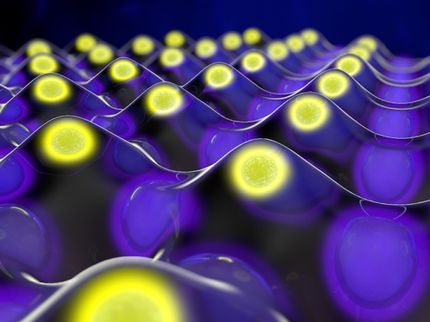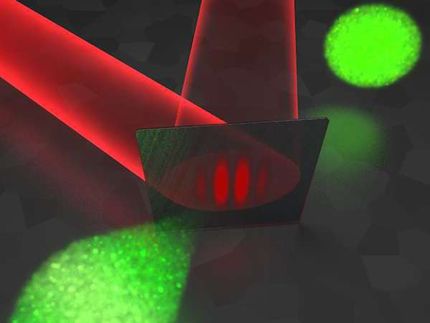Changing direction: Research team discovers switchable electronic chirality in an achiral Kagome superconductor
An international research team led by the Department of Microstructured Quantum Matter at the MPSD reports the first observation of switchable chiral transport in a structurally achiral crystal, the Kagome superconductor CsV₃Sb₅. Its work has been published in Nature.
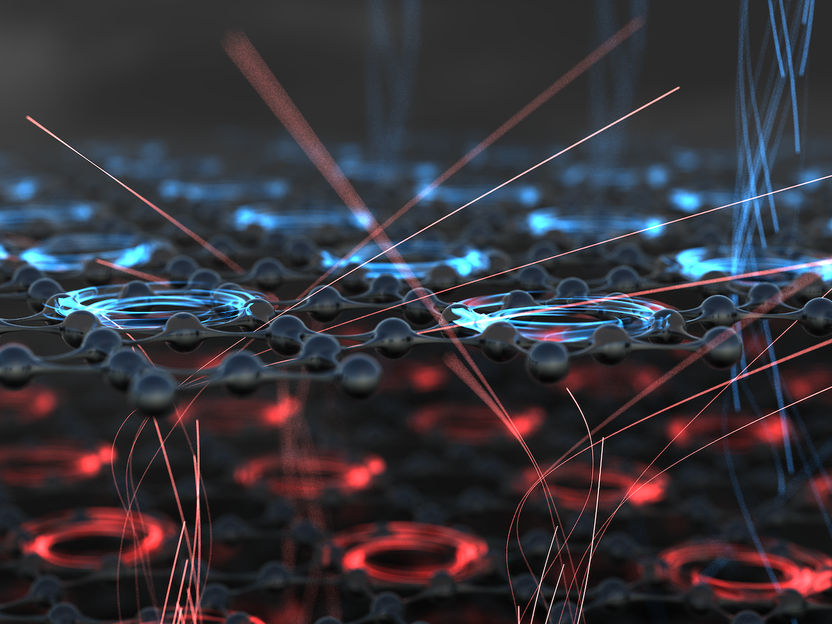
Chiral electronic transport in a layered Kagome superconductor
Brad Baxley
Whether or not an object is indistinguishable from its mirror image has important consequences for its physical behavior. Say you watch a basketball player in a mirror. The ball, the player and their surroundings are, at first glance, just the same in the mirror as in real life. But if observed closely, some details are different. The ball in the player’s right hand now appears in their left hand in the mirror. While the mirror image still shows the same hand, it has clearly changed from a left to a right hand or vice versa. Many other physical objects also have mirror images that differ in a key aspect, just like hands, which is why scientists call them handed or chiral (from Greek χϵρι = hand). Others, like the ball, cannot be distinguished from their mirror image, which makes them achiral.
Chirality is one of the most fundamental geometric properties and plays a special role in biology, chemistry and physics. It can cause surprising effects: One version of the carvone molecule, for example, produces a spearmint smell but its chiral – mirrored – equivalent smells of caraway.
In material science, one distinguishes between crystals in which the periodic arrangement of the atoms is chiral or not. If it is, the electrons and electric currents flowing within it must also differ somehow from their mirror image, a property that can lead to exotic responses and novel applications. One example is a diode-like effect where the electric currents flowing from left to right are different from those flowing right to left, a property called electronic magneto-chiral anisotropy (eMChA). So far, this phenomenon has only been found in structurally chiral crystals.
Now, however, an international research team has reported the first observation of this chiral transport in a structurally achiral crystal, the Kagome superconductor CsV3Sb5. Its work has been published in Nature. The team involved scientists from the MPSD and the Max Planck Institute for Chemical Physics of Solids (Germany), EPFL and the University of Zurich in Switzerland, the University of the Basque Country (Spain) and Qingdao University in China.
The quantum puzzle is as simple as it is deep: If the atomic positions in the crystal are just the same as in their mirror image, how is it possible that its electrons are not? Clearly a novel mechanism beyond a simple shape effect as in our hands must be at play. Unlike structural chirality, which is as firmly imprinted in a crystal as it is in a human hand, this new electronic chirality can be switched using magnetic fields. Switchable chirality has never before been observed and may well find its application in future technology.
It is clear that this unusual behavior is directly linked to the strong electronic interactions. The team proposes a model in which the electrons arrange themselves in patterns that violate mirror symmetry, even though the atoms are arranged symmetrically.
CsV₃Sb₅ is already known for many such interacting electronic structures, such as the formation of an unconventional chiral charge order featuring a tantalizing charge modulation. These chiral electronic structures may rotate spontaneously, causing an orbital magnetic response associated to a behavior known as ‘loop currents’, as described by C. Mielke et al., Nature 2022.
CsV₃Sb₅ appears to be a fantastic sandbox to probe correlated quantum phenomena, including the first example of switchable electronic chirality. The next steps include increasing the operational range from cryogenic to room temperature and enhancing the magnitude of this response. Clearly, much more is to come from interacting systems on geometrically frustrated lattices.
Original publication
Original publication
C. Guo, C. Putzke, S. Konyzheva, X. Huang, M. Gutierrez-Amigo, I. Errea, D. Chen, M. G. Vergniory, C. Felser, M. H. Fischer, T. Neupert, P. J. W. Moll; Switchable chiral transport in charge-ordered kagome metal CsV3Sb5; Nature (2022)
Organizations
Other news from the department science

Get the chemical industry in your inbox
By submitting this form you agree that LUMITOS AG will send you the newsletter(s) selected above by email. Your data will not be passed on to third parties. Your data will be stored and processed in accordance with our data protection regulations. LUMITOS may contact you by email for the purpose of advertising or market and opinion surveys. You can revoke your consent at any time without giving reasons to LUMITOS AG, Ernst-Augustin-Str. 2, 12489 Berlin, Germany or by e-mail at revoke@lumitos.com with effect for the future. In addition, each email contains a link to unsubscribe from the corresponding newsletter.
Most read news
More news from our other portals
Last viewed contents
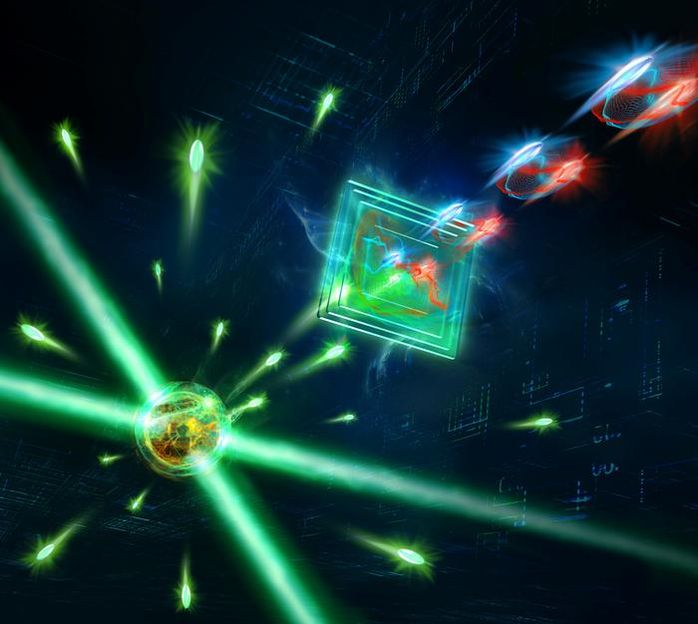
Singles become pairs: New insights into the light scattering of atoms - Researchers at the Humboldt University of Berlin, partners of the DAALI project, have demonstrated a surprising effect present in the fluorescent light of a single atom
John_Richards_(Pennsylvania)
HLA-B46
Rosa_canina
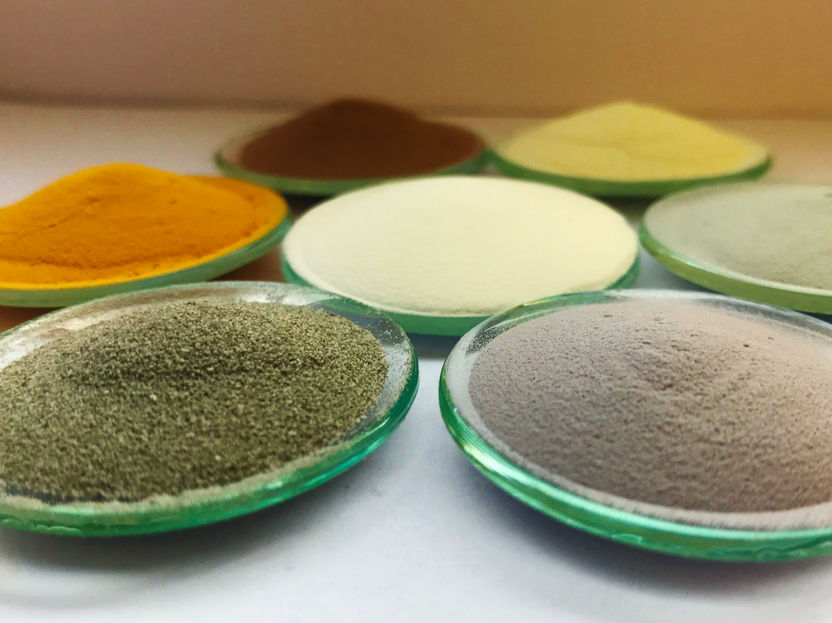
3D Laser Printing in Color - Seasoning with Nanosilver
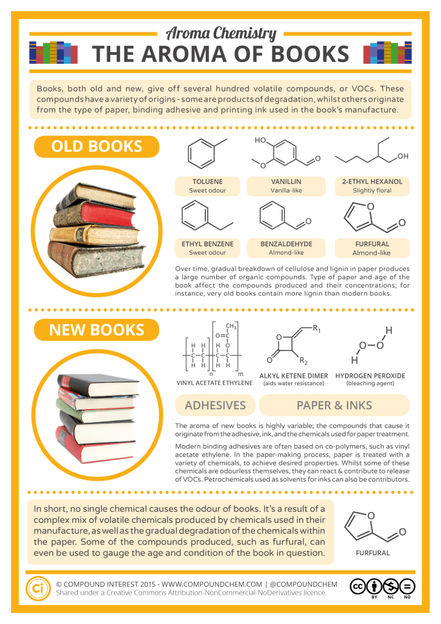
What Causes the Smell of New & Old Books?
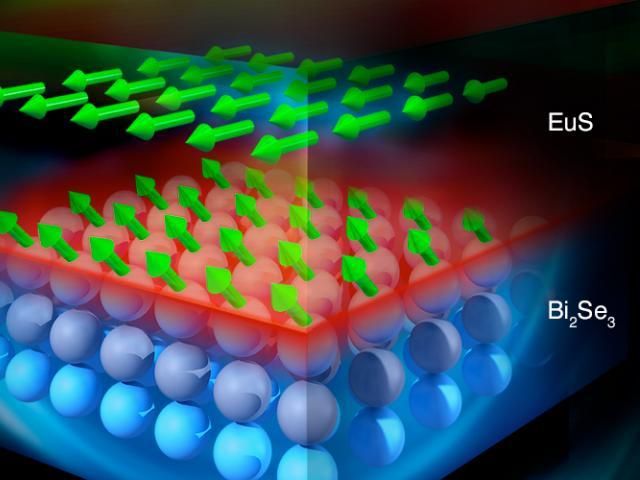
Neutrons tap into magnetism in topological insulators at high temperatures
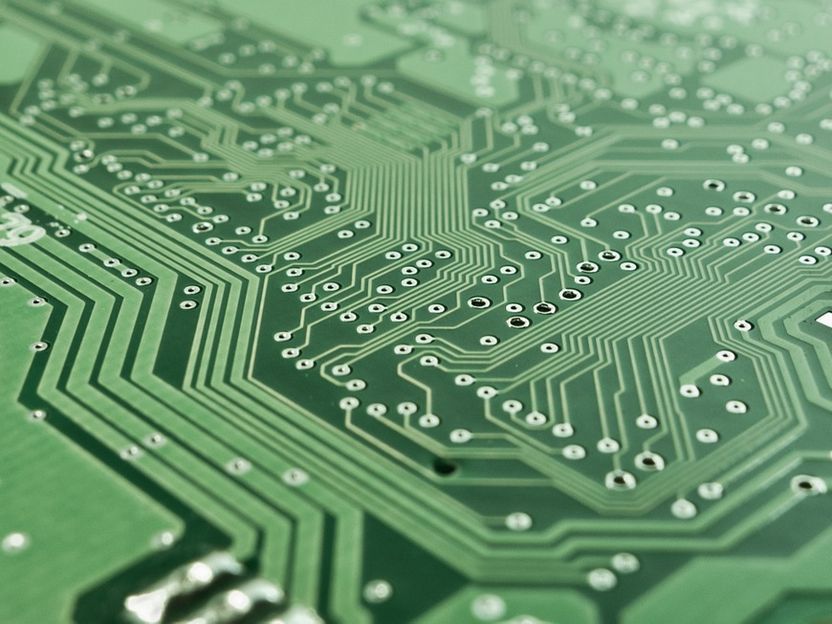
RNA Microchips - A new chapter in ribonucleic acid synthesis
Titration
The Basis for Polyester and Polyurethane: Ceresana Analyzes the Global Market for Toluene

